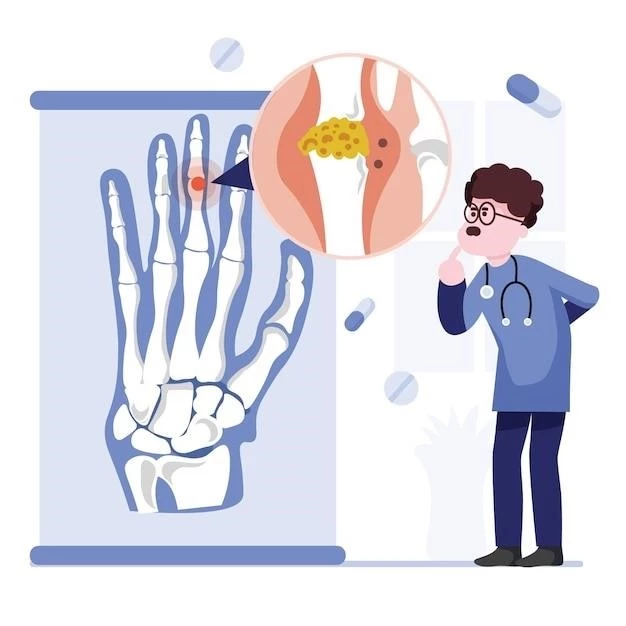Overview of Rett Syndrome
Rett syndrome is a rare genetic neurological disorder that leads to severe impairments, affecting nearly every aspect of life. It primarily affects girls and typically starts showing symptoms around 6-18 months.
What is Rett Syndrome?
Rett syndrome is a rare genetic neurological disorder almost exclusively affecting girls. It leads to severe mental and physical disabilities, with symptoms typically appearing between 6-18 months of age. The disorder is caused by a mutation in the MECP2 gene. Early development appears normal, but regression occurs, impacting skills like hand movements and walking. Life expectancy can extend to 40-50 years with proper care.
Rett syndrome is a rare neurological disorder that primarily affects girls, with a prevalence of 1 in 10,000 to 1 in 15,000 females. This condition leads to severe mental and physical disabilities, causing significant challenges in communication, mobility, and overall quality of life. Despite its impact, with proper care and support, individuals with Rett syndrome can have a lifespan of 40-50 years, showcasing the importance of timely interventions and specialized care.

Causes of Rett Syndrome
Rett syndrome is primarily caused by a genetic mutation in the MECP2 gene. This mutation occurs almost exclusively in girls, affecting brain development and leading to severe impairments in physical and cognitive abilities. Most cases are sporadic, and with proper care, individuals can live into their 40s or 50s.
Prevalence and Impact
Rett syndrome, a rare genetic neurological disorder, primarily affects girls, with a prevalence of 1 in 10٫000 to 1 in 15٫000 females. It leads to severe mental and physical disabilities٫ impacting communication٫ mobility٫ and quality of life. Despite the challenges٫ with appropriate care٫ individuals can live a lifespan of 40-50 years٫ emphasizing the critical role of support and interventions in managing the syndrome.
Rett syndrome predominantly affects girls, with an incidence rate of approximately 1 in 10,000 to 1 in 15,000 females. This genetic disorder is rarely observed in boys, with the underlying MECP2 gene mutation being a leading cause. While there are sporadic cases worldwide, the syndrome’s impact on males is exceptionally rare. The disorder’s manifestation typically starts between 6-18 months and tends to exhibit severe impairments in physical and cognitive functions;
Symptoms of Rett Syndrome
Rett syndrome symptoms start with a loss of purposeful hand skills, motor problems, and a decrease in head growth rate, followed by breathing irregularities, seizures, and scoliosis. This rare disorder poses great challenges in communication and mobility, affecting various aspects of a person’s life.
Gender Differences in Affliction
Rett syndrome mainly affects girls, with a prevalence of 1 in 10,000 to 1 in 15,000 females. The disorder’s primary cause is a mutation in the MECP2 gene, predominantly found in girls. Cases in boys are extremely rare, with most instances being sporadic. Proper care can prolong the lifespan of individuals affected by Rett syndrome, with some living up to 40-50 years when provided with regular specialized assistance.
Developmental Regression
Rett syndrome displays a pattern of normal growth and development in the early stages, followed by a slowdown in developmental milestones. Subsequently, individuals experience loss of acquired skills, particularly with hand movements, a decrease in head growth rate, seizures, difficulties in walking, and breathing irregularities. This regression in abilities poses significant challenges, impacting various aspects of daily functioning.
Diagnosis and Prognosis
Diagnosing Rett syndrome involves a thorough clinical evaluation, genetic testing to identify the mutation in the MECP2 gene, and assessing symptom progression. With early diagnosis and proper care, individuals with Rett syndrome can have a lifespan of 40-50 years, highlighting the essential role of specialized interventions and support in managing the condition.
How Rett Syndrome is Diagnosed
Diagnosing Rett syndrome involves a comprehensive clinical assessment, genetic testing to identify mutations in the MECP2 gene, and monitoring symptom progression over time. Early recognition is crucial for timely intervention and tailored care. With accurate diagnosis, individuals can receive appropriate support and improve their quality of life while managing the challenges associated with the syndrome.
Life Expectancy and Quality of Life
Rett Syndrome individuals, with proper care, can live up to 40-50 years. Regular expert assistance helps reduce risks, enhancing the quality of life despite the challenges associated with the disorder. Early support and interventions play a crucial role in improving outcomes and extending longevity.
Treatment and Management
Treatments for Rett syndrome focus on symptom management and supportive care to enhance quality of life. Therapies may include physical, occupational, and speech therapy, as well as medications to address specific symptoms. Research into genetic therapies and clinical trials offer hope for potential targeted interventions to address the underlying causes of the syndrome.
Current Approaches
Current treatments for Rett syndrome emphasize symptom management and supportive care to enhance individuals’ quality of life. Therapeutic interventions often include physical, occupational, and speech therapies tailored to address specific symptoms. Additionally, medications may be prescribed to alleviate particular challenges associated with the disorder. Ongoing research into genetic therapies and participation in clinical trials offer hope for future targeted treatments to address the underlying genetic mutations in Rett syndrome.
Genetic Therapies and Clinical Trials
Ongoing research explores genetic therapies and clinical trials for Rett syndrome, aiming to address the underlying causes of the disorder. These investigations provide hope for targeted interventions, focusing on the MECP2 gene mutation. Companies like Anavex Life Sciences Corp. and Taysha Gene Therapies are actively developing innovative treatments to enhance the management and quality of life for individuals with Rett syndrome.

Research and Advancements
Ongoing research explores innovative treatments and therapies for Rett syndrome, with a focus on genetic interventions and potential clinical trials. Companies like Anavex Life Sciences Corp. and Taysha Gene Therapies are at the forefront of developing groundbreaking approaches to address the underlying causes of the disorder, offering hope for improved management and quality of life for individuals affected by Rett syndrome.
Latest Findings on Rett Syndrome
The latest research findings on Rett syndrome highlight the genetic basis of the disorder and potential treatment avenues. Innovative approaches targeting the MECP2 gene mutation offer hope for improving outcomes and quality of life. Companies like Anavex Life Sciences Corp. and Taysha Gene Therapies are at the forefront of developing novel therapies to address the underlying causes of Rett syndrome, showcasing significant advancements in the field.
Companies and Organizations Involved in Research
Companies like Anavex Life Sciences Corp. and Taysha Gene Therapies are actively engaged in research on Rett syndrome. These organizations focus on developing innovative treatments and therapies to address the genetic basis of the disorder, offering hope for improved management and quality of life for individuals affected by this condition.
